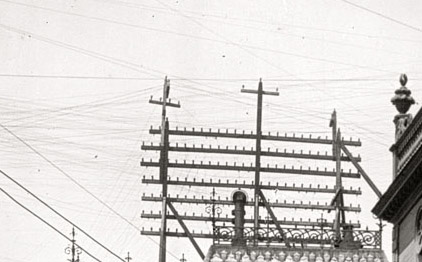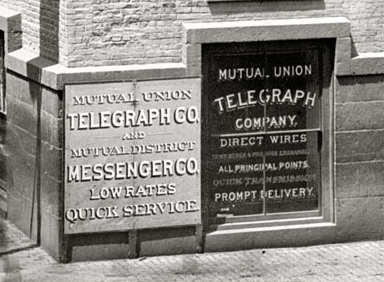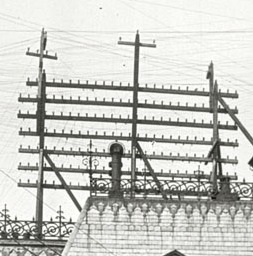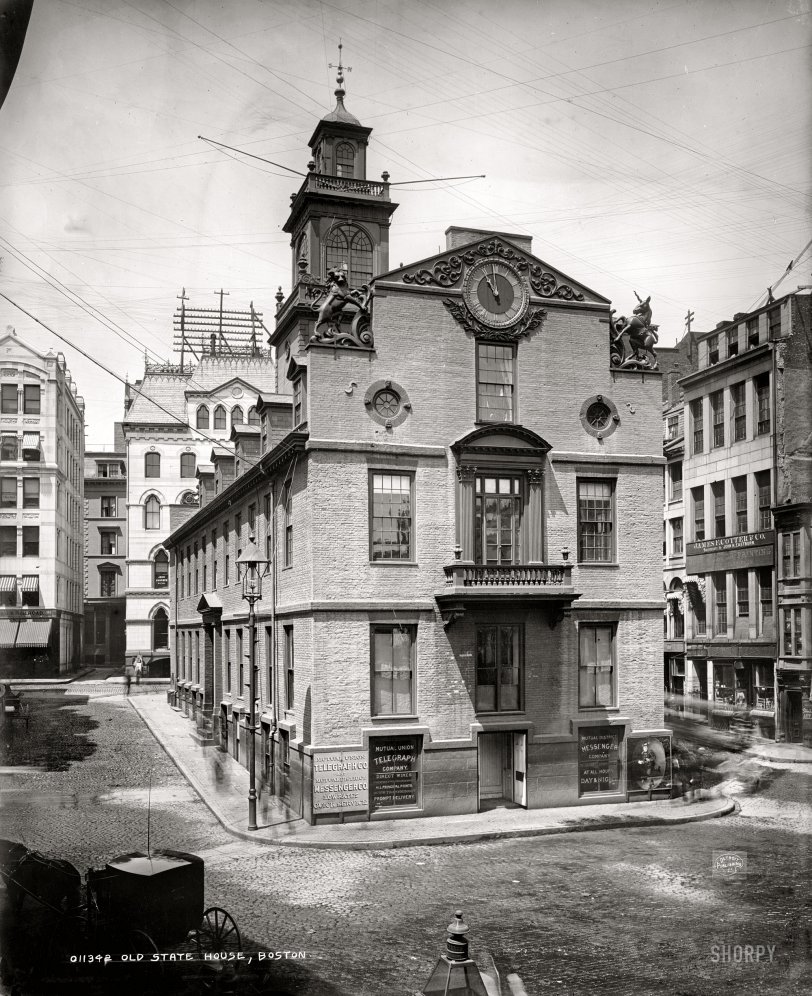


Framed or unframed, desk size to sofa size, printed by us in Arizona and Alabama since 2007. Explore now.
Shorpy is funded by you. Patreon contributors get an ad-free experience.
Learn more.

- What a headache!
- Baldwin 62303
- Baldwin VO-1000
- Cold
- No expense spared
- Tough Guys
- Lost in Toyland
- And without gloves
- If I were a blindfolded time traveler
- Smoke Consumer Also Cooks
- Oh that stove!
- Possibly still there?
- What?!?
- $100 Reward
- Freeze Frame
- Texas Flyer wanted
- Just a Year Too Soon
- WWII -- Replacing men with women at the railroad crossing.
- Yes, Icing
- You kids drive me nuts!
- NOT An Easy Job
- I wonder
- Just add window boxes
- Icing Platform?
- Indiana Harbor Belt abides
- Freezing haze
- Corrections (for those who care)
- C&NW at Nelson
- Fallen Flags
- A dangerous job made worse
Print Emporium
Boston: 1890s
Still laughing
It's been ten months, I STILL laugh regularly at your "it's the accelerator" comment, Dave!!
The Overhead Wires
I have been reading about these overhead systems and I think it would surprise most people what they were able to do with them. With seven 26-pin cross arms, there could have been a total of 182 individual wires present. This would give us a total of 91 individual two-wire circuits. Then you must consider the technology then in use. Phantom circuits that use individual wires from different pairs, would add another 40 to the total. Also, multiplexing was known in that day in telegraph relay circuits. Differing voltages were used to activate different relays to send messages to a particular location. I couldn't guess how much versatility this added to the system. Then there were high speed send and receive machines that were in use by this time.
There was more involved than what you can see and all of the technology of that day underpins the technology we use today: rotary dial and touch-tone phones, radio and television transmission technology, the Internet.
The Clock
Is a still functioning 1831 timepiece by Simon Willard, the dean of American clockmakers.
John Hancock
Can anyone make out what it says under his name on the window (just to the left, at the back of the State House)?
["Mutual." - Dave]
The "T"
Boston doesn't really have an equivalent to Times Square - a single location that is considered to be the dead center of town - but this is probably the closest thing to it. A very historic building (the Declaration of Independence was read from the second story balcony in July 1776, and someone standing on the same balcony could have watched the Boston Massacre unfold down the street), surrounded by 20th century skyscrapers, sitting at the crossroads of State and Congress Streets in the heart of the Financial District. This end of the building now houses the State Street "T" (i.e., subway) station on the Orange Line - right behind the "Mutual Union Telegraph Company" window. The two street-level windows just around the corner to the left are now a pair of doors, through which many, many thousands of commuters pass every day, most of them probably oblivious to the ghosts in the neighborhood.
View from the cupola in 1841
Sir William Logan (1795-1875), the founder and first director of the Geological Survey of Canada, visited Boston in 1841. He climbed up into the cupola on top of the State House, and wrote the following in his diary that evening:
“I went to the lookout on the cupola of the State House, and thence had a magnificent view. The main part of the city (called North Boston) was down below me, consisting of parks and trees, and thousands upon thousands of substantially-built brick houses . . . . Seaward were a multitude of islands and capes, completely locking in the harbour, on whose bosom floated ships of war and ships of trade . . . and steamboats, great and small, sending their black smoke and their hissing white smoke in clouds aloft . . . . Up from the city came a busy hum, with the noise of clattering hoofs and rattling carriages, the clinking of hammers and the ringing of bells, mingled with the cries of trade and the barking of dogs; and ever and anon a cock would crow his note of defiance, to be answered by another. Men looked like pigmies in the streets below, and it seemed impossible that such little creatures could be the authors of such great works as were spread around."
Accelerator
Now that's funny! I laughed out loud.
What's that thing?
What is that thing sticking up on top of the carriage in the foreground I know it can't be an aerial.
[It's the accelerator. - Dave]
Survivor
Built in 1713, six decades before the Revolution, it's the oldest building in Boston.

Unchanged after 120 years
The old state house has been wonderfully preserved and looks the same today as it did over 120 years ago. I highly recommend the museum and the exhibits on the second floor.
Cat's cradle
Those six layers of cross-arms on the building in the background only held about 90 telephone line pairs. The development of multipair telephone cables was sorely needed.
Wired
That's one of the most amazing collections of overhead wires I've ever seen on Shorpy. I'll bet that it has a lot to do with the business on the ground floor of our featured building.


City of Ghosts
All I see here are the photographic ghosts. No still people were captured in the making of this photo, it seems.
Telephone Pole(s) on Steroids!
And I complain about today's wires in the sky. Man ...

Messenger Boys, Day & Night
The Mutual District Messenger Company seems to have been in operation from at least 1882. It rated its own paragraph in the 1891 edition of Edwin M. Bacon's "Boston Illustrated," a detailed history and guide to the city and its attractions:
"Boys for messenger service of all kinds, day and night, are furnished by the Mutual District Messenger Company, whose main office is in the basement of the Old State House, State and Washington Streets. There messengers can be called by telephone or by the special electric call-boxes of the company, which are generally to be found in the leading hotels, and other public places, as well as in business offices. The boys are uniformed, and are paid according to a fixed tariff of rates. Public telephone stations are in the principal hotels."
One of those dashing uniformed messenger boys is depicted life-size on what appears to be a glorious reverse-painted glass sign at the right corner of the building, next to a flurry of ghostly pedestrians who were almost too quick for the camera.

























On Shorpy:
Today’s Top 5